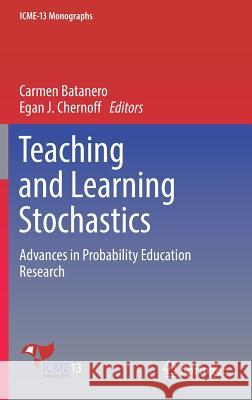Teaching and Learning Stochastics: Advances in Probability Education Research » książka
topmenu
Teaching and Learning Stochastics: Advances in Probability Education Research
ISBN-13: 9783319728704 / Angielski / Twarda / 2018 / 384 str.
Teaching and Learning Stochastics: Advances in Probability Education Research
ISBN-13: 9783319728704 / Angielski / Twarda / 2018 / 384 str.
cena 685,93 zł
(netto: 653,27 VAT: 5%)
Najniższa cena z 30 dni: 655,41 zł
(netto: 653,27 VAT: 5%)
Najniższa cena z 30 dni: 655,41 zł
Termin realizacji zamówienia:
ok. 22 dni roboczych
Bez gwarancji dostawy przed świętami
ok. 22 dni roboczych
Bez gwarancji dostawy przed świętami
Darmowa dostawa!
Kategorie:
Kategorie BISAC:
Wydawca:
Springer
Seria wydawnicza:
Język:
Angielski
ISBN-13:
9783319728704
Rok wydania:
2018
Wydanie:
2018
Numer serii:
000812111
Ilość stron:
384
Waga:
0.73 kg
Wymiary:
23.39 x 15.6 x 2.24
Oprawa:
Twarda
Wolumenów:
01
Dodatkowe informacje:
Wydanie ilustrowane











